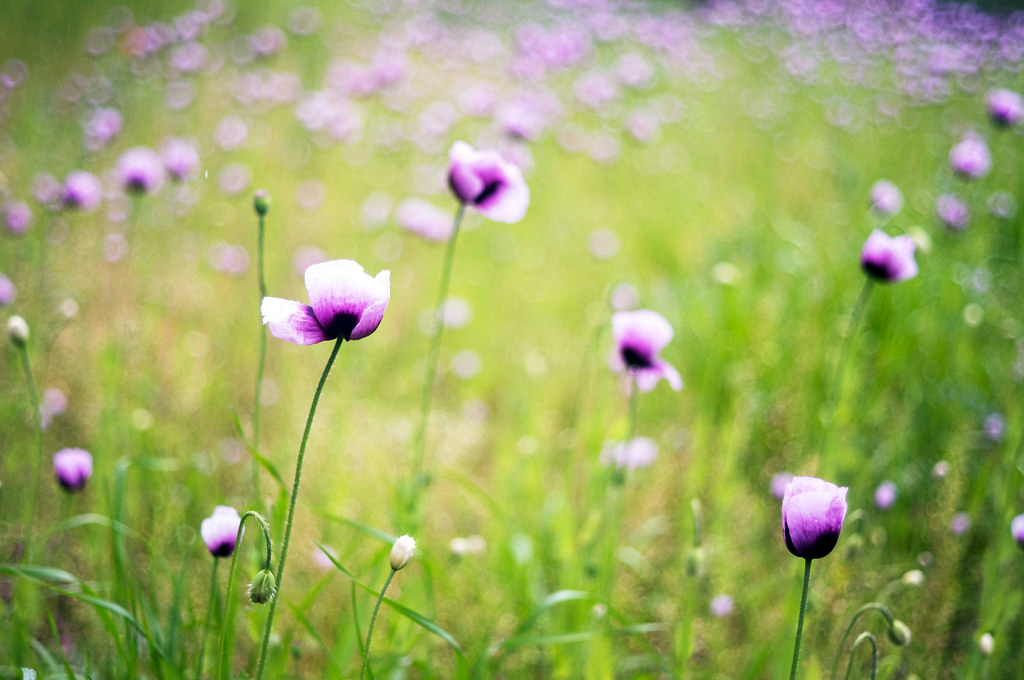Tonkatsu-Dog
Established
So I had a thought on Bokeh and want to hear what ppl think.
Many today think Bokeh is overused and overrated. Basically some people with too much money for fast lenses and too little talent to do something really interesting use it. As the argument goes 'most of last centurys great shots where all in focus'.
Others love it and wouldn't dream of stopping down a 1.4 lens even a little bit. Much like a certain prolific red dot dane out there.
I am thinking there might be more to the story simply due to camera evolution.
First - practicality:
1950 there was no autofocus and most cameras lacked light meter. It was convenient to use sunny 16 or zone focus with as wide DOF as you could get away with. With film mistakes cost money so you want to get it right.
Today with auto all you can set to f1.4 + A mode and be sure you get correct exposure and focus with little effort. And if you burn a few shots who cares with digital.
Second - film vs digital medium:
This is the bigger reason I think. Film is smooth with the 'right' amount of sharpness and detail when in focus. Digital is many times overly sharp and too detailed. Some shots are just tiring for the eyes even when well composed. Theres so much details there you get physically tired looking at it. In other words a digital shot can benefit from bokeh in a way a film shot won't. Modern gear is just "too good".
What are ppl thinking on this very serious topic? And I use it and use it not depending on what mood I am in.
I started to think when stumbling across this thread.... some very emotional arguments there for the ascetics of both sides! 🙂
http://www.rangefinderforum.com/forums/showthread.php?t=150061&highlight=bokeh&page=2
Many today think Bokeh is overused and overrated. Basically some people with too much money for fast lenses and too little talent to do something really interesting use it. As the argument goes 'most of last centurys great shots where all in focus'.
Others love it and wouldn't dream of stopping down a 1.4 lens even a little bit. Much like a certain prolific red dot dane out there.
I am thinking there might be more to the story simply due to camera evolution.
First - practicality:
1950 there was no autofocus and most cameras lacked light meter. It was convenient to use sunny 16 or zone focus with as wide DOF as you could get away with. With film mistakes cost money so you want to get it right.
Today with auto all you can set to f1.4 + A mode and be sure you get correct exposure and focus with little effort. And if you burn a few shots who cares with digital.
Second - film vs digital medium:
This is the bigger reason I think. Film is smooth with the 'right' amount of sharpness and detail when in focus. Digital is many times overly sharp and too detailed. Some shots are just tiring for the eyes even when well composed. Theres so much details there you get physically tired looking at it. In other words a digital shot can benefit from bokeh in a way a film shot won't. Modern gear is just "too good".
What are ppl thinking on this very serious topic? And I use it and use it not depending on what mood I am in.
I started to think when stumbling across this thread.... some very emotional arguments there for the ascetics of both sides! 🙂
http://www.rangefinderforum.com/forums/showthread.php?t=150061&highlight=bokeh&page=2








